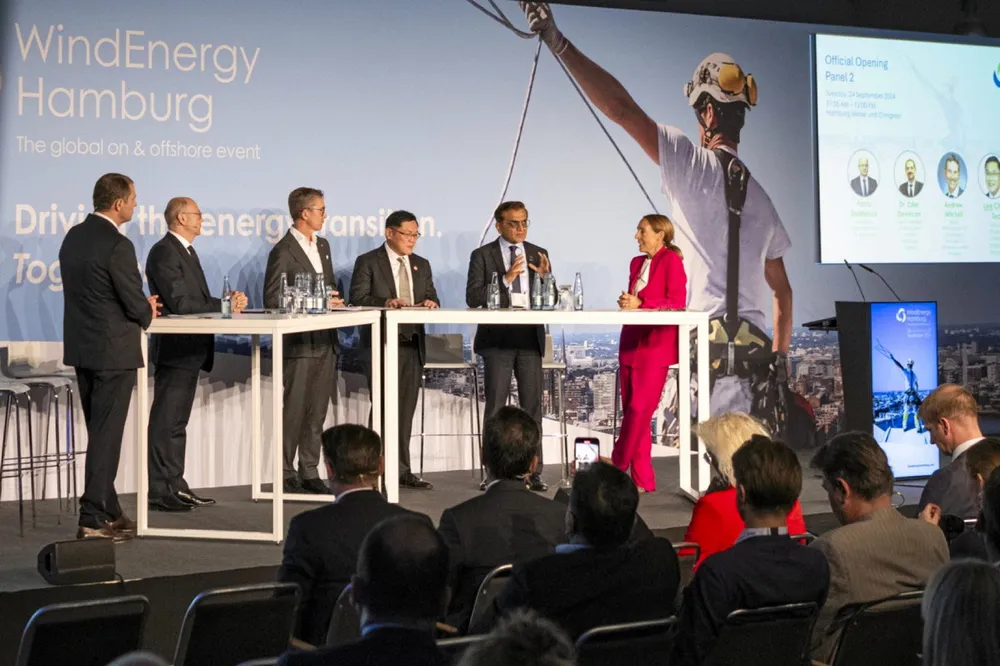Indian wind market facing ‘invasion’ of foreign turbine players: Suzlon vice chair
China’s Envision has in a few years risen to capture over 40% of market

India is seeing an “invasion” of its wind turbine market by international players, said the vice chair of leading domestic OEM Suzlon, who said a “fine balance” must be struck to create a level playing field, amid the stratospheric rise of China’s Envision in the country.
Suzlon vice chair Girish Tanti was speaking at the opening of the WindEnergy Hamburg conference.
The rise of Chinese turbine makers has been a highly contentious issue in the EU, which has taken increasingly aggressive action to protect its home grown wind power giants. The EU Commission this year launched a wide-ranging anti-subsidy probe into Chinese OEMs.
Unlike many other global markets, India also has homegrown turbine makers it wants to protect, most notably Suzlon and Inox Wind.
Different geographies have different strengths and “we need to leverage each other’s strength” in the energy transition, said Tanti.
But Tanti said it is also important to consider “how to protect the local economy” and “how to protect jobs” in individual countries, including India, continuing that there is a “fine balance” to be struck in this respect.
India has a “thriving and growing” renewables sector, said Tanti. But there has also been a “tsunami” or “invasion” of its wind market by international players.
This invasion was initially led by Western wind giants, most notably Siemens Gamesa and Vestas. But the 45% market share they held in 2019 has collapsed, with China’s Envision rising to become the dominant market player with a 41% share, roughly the same as local players Suzlon (20%), Inox Wind (15%) and Adani Green (7%) combined.
The industry and policymakers can either look at this as a problem of “how to protect your market” or as a matter of how local companies can “outcompete” foreign players, said Tanti.
But he stressed “there needs to be fair play.”
“Indirect subsidies are not fair play,” he said, possibly in reference to allegations made in the EU and elsewhere that Chinese turbine makers are able to offer super-cheap machines due to state backing for industry in China.